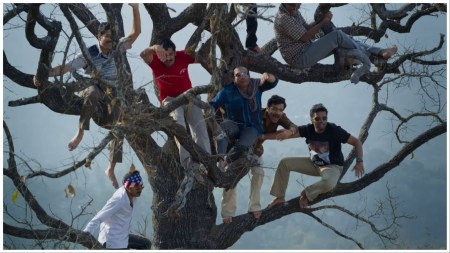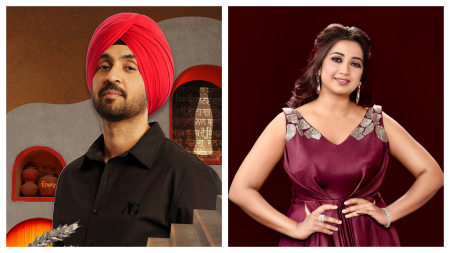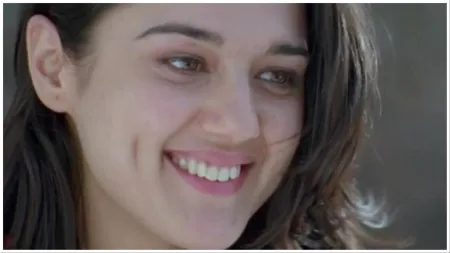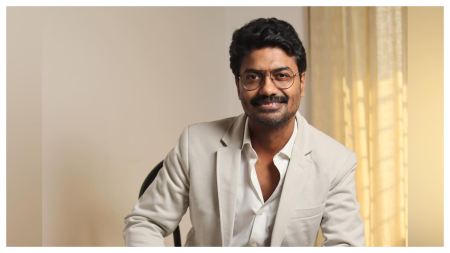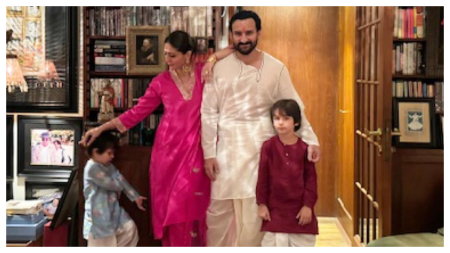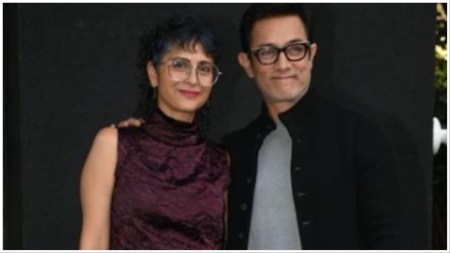Ayalaan has become a significant achievement in Tamil cinema in terms of visual effects and CGI. The film, which has only received decent reviews, from all the quarters, has been lauded for its VFX and CGI. Actor Suriya sent a flower bouquet to PhantomFX Studios, which worked on the film and called it a revolution in Tamil cinema. The praise for the studios is pouring from all quarters. In a conversation with Bejoy Arputharaj, the founder of the studios, we discussed how the leap was possible in Tamil cinema, why CGI is a costly affair, and what the future holds for Tamil cinema.
Excerpts from the interview:

Why do our films lack good quality visual effects, when Indians work in huge numbers in Hollywood that come up with great output?
Not many filmmakers have an understanding of visual effects and its process. There’s a lack of knowledge about the budget, time, and when to involve the VFX team in the filmmaking. They come up with their own ideas about the budget, and when they try to finish it in that budget, it turns out to be a half-baked attempt.
How is Ayalaan’s VFX distinct and different from what we have seen before?
Honestly, we started achieving this quality at Phantom FX about three years back. But we didn’t get a proper platform to prove it in Tamil. Most filmmakers come to us towards the end of the filmmaking process. Or even if they involve us early, we wouldn’t have a say in what happens. With Ayalaan, I had complete freedom because its director R Ravi Kumar was aware of CGI and VFX. Even the cinematographer Nirav Shah and art director T Muthuraj knew about the art. That’s why we were able to work as a team. It is not like a stunt master or dance choreographer coming in and working on that particular segment and leaving the project. The VFX team should travel with the film from start to finish.
 Ayalaan CGI working images
Ayalaan CGI working images
How a director wanting to do a VFX-heavy project should approach it?
The VFX team should be involved even during the scripting stage so that we will be able to guide them with timely inputs. We can gauge whether their demands can be made within the budget, where one should tone it down, and where one can push the boundaries. Also, we should be given time to do the pre-production process, and they should follow everything we tell them on the sets. Our team should be given time to collect information from the sets. If only all of this is done, output as we see in Ayalaan is possible.
Why using CGI and VFX is very expensive?
In Ayalaan, we employed 1500 people, and everyone was paid an average salary of Rs 40000 to Rs 50000 every month. It is basically like running an IT company. 40 people work on just one shot of a spaceship landing on the Earth. For that one shot, it would take 40 days. So, there’s a huge demand for technicians, and with many Hollywood companies venturing into the market, the fees have shot up too. It is a costly process, but the money can be recouped. VFX is one of the reasons for the success of Ayalaan, right?
Can you share your journey to becoming the CEO of Phantom FX?
I decided that I would become a visual artist at a very young age. When I was in Class 10th, my school management took us to Jurassic Park film. I am from the South of Tamil Nadu, Tenkasi. Films like that don’t reach those places mostly. And even when it did, it came after a lot of time after the original release of the movie. I was so impressed by the film and told everyone that I would make something like this one day. During my teenage, I started using all the local computer centers for VFX. I would hunt down which software was used in films. No one would know how to operate it. There was no YouTube or other means to learn it back then. You get only those Help documents that come with the software. I learned it through that. I am a self-taught person. From doing advertisements for domestic channels there, I went to work for big companies in Chennai where I learned animation. I then got into the famed George Lucas’s visual arts company but due to a visa delay, I got stuck in India. That’s when I took up freelance work and pulled off a rather tough job for a Canadian horror film. It gave me confidence, and I decided to pursue it full-time. I brought in my friends, and from 4 members we grew in number. We currently have 600 people working for us from across India. That’s our story.
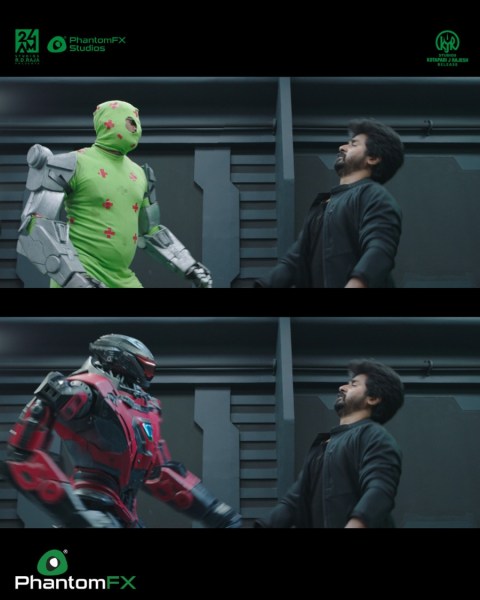 Working stills from Ayalaan
Working stills from Ayalaan
You have worked with SS Rajamouli’s RRR. Can you tell me what is his secret of pulling grand visuals?
We didn’t do anything major in RRR. But we have worked with him in many films like Baahubali too. He has extensive knowledge of VFX. Any director should know about cinematography and sound. Likewise, one attempting a VFX-heavy film should know about it. Rajamouli has that. Even during the scripting stage, he is thinking about how to integrate VFX into the film, and that’s why he can achieve whatever he envisions.
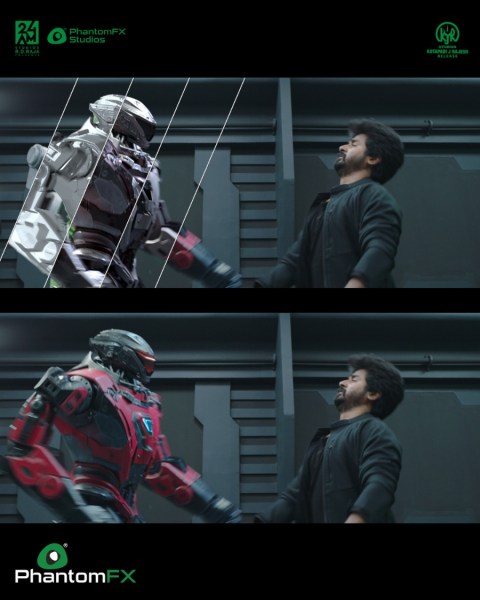 Working stills from Ayalaan-3
Working stills from Ayalaan-3
Can you name Tamil films that you think were ahead of their time in terms of VFX?
I think Shankar Sir’s Indian had a lot of good work in it. Then, of course, Enthiran.
What do you think is the future of VFX in Tamil cinema?
After Ayalaan, people and industry have understood what can be achieved. In the next two years, one can expect a film that is on par with Hollywood standards in Tamil. We are already working on such films. It will be an exclusive cinematic experience.
How has been the feedback to the film from the industry?
You must have seen the appreciation from Suriya Sir for the movie. Director H Vinoth called and said that it is a revolution in the film industry. He said that it is giving me sense of Tamilan and Indian after watching the film. Many industry people said that it has given them strength to think big. I think that’s our achievement.
Disclaimer: The copyright of this article belongs to the original author. Reposting this article is solely for the purpose of information dissemination and does not constitute any investment advice. If there is any infringement, please contact us immediately. We will make corrections or deletions as necessary. Thank you.
